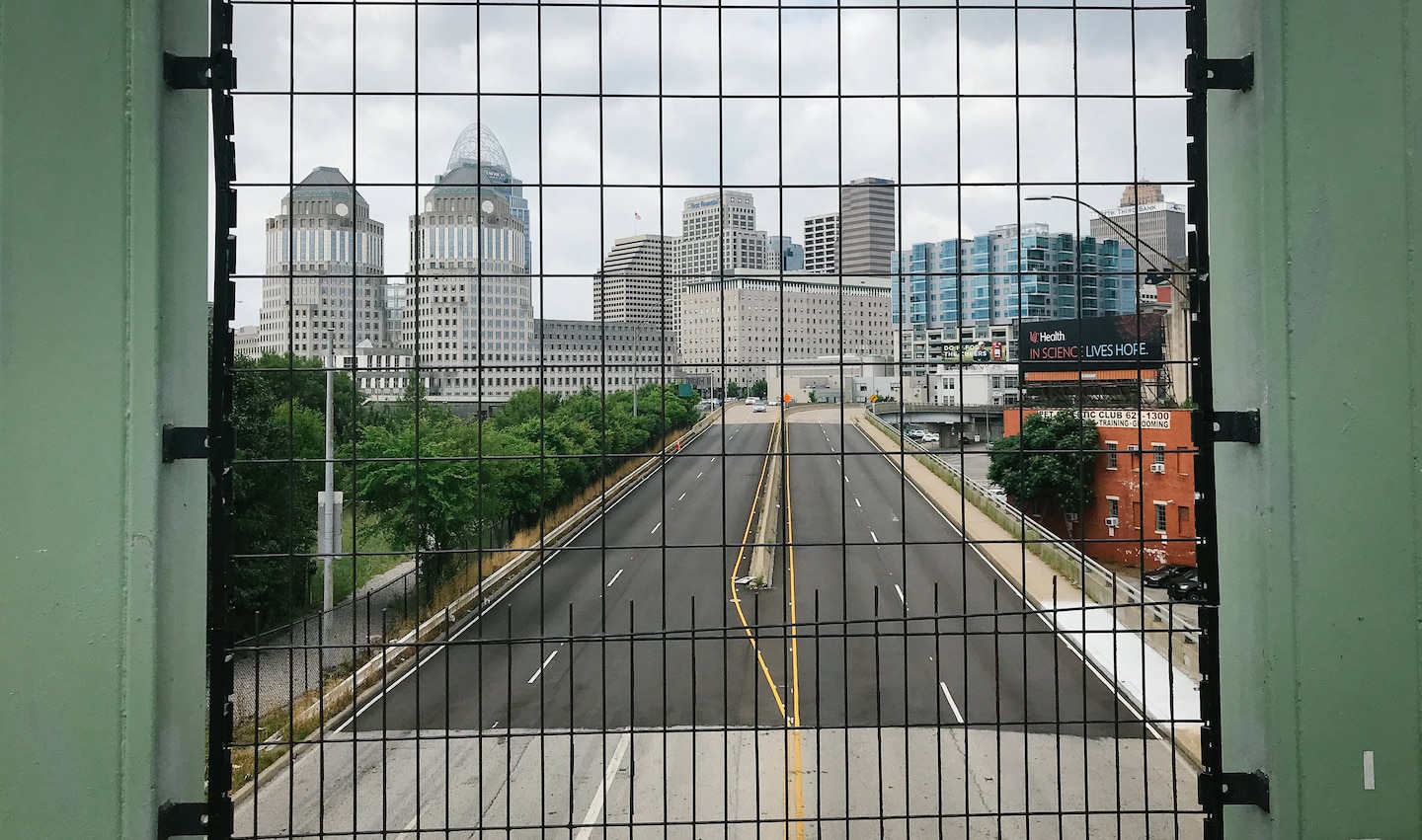If a business is still closed at this point in the crisis, it’s probably permanent

But we haven’t beaten the virus. And with that bailout money running dry, a new report from the online review site Yelp shows that, as the healthiest businesses have reopened and the ranks of permanent casualties have swelled, it’s now more likely than not that a closed business is gone for good.
As of mid-July, 55 percent of the 132,500 pandemic-era closures on Yelp are now permanent. The online review site’s database includes hundreds of consumer-facing industries, from ax throwing and wine tasting to cabinetry and boat dealers, and only counts closures that have been confirmed by Yelp’s user operations team or reported directly by the business’ owner.
The nascent recovery has entered a crucial period. Over the coming months, expiring leases will force many more businesses to make existential decisions, said Harvard University postdoctoral researcher Michael Stepner, who has extensively tracked business performance in the coronavirus era.
“Businesses are needing to decide, ‘Do I renew my lease on my space for another year?’ It is really hard to make a one-year commitment to paying rent when businesses are closing down for the second time and there’s no end in sight to this virus,” Stepner said.
“The longer these temporary closings go on, the more of them will turn permanent,” he added.
Permanent losses are highest in the restaurant sector, both overall and also relative to temporary closures, Yelp’s data science team found. Retail accounts for another huge swath of the damage, as do smaller but hard-hit sectors, such as beauty, nightlife and fitness.
Examples are distressingly easy to find. News searches for the phrase “closing permanently” quickly become overwhelming. With every lost business, the severed community ties go deeper and deeper.
Losses have been highest in tourism-heavy states such as Hawaii and Nevada, as well as states that were hit hard by the outbreak, such as Arizona, Texas and New York.
The wave of permanent closures helps explain why, five months into the crisis, federal data shows more than a million Americans each week are still filing new claims for unemployment insurance. And the data shows why the number of permanent job losers continues to climb even as the unemployment rate falls.
“This data suggests that economic damage continues to accumulate,” said Adam Ozimek, chief economist at Upwork. “They were hidden by a wave of workers returning from temporary layoffs in the last two months, but if you look beyond the headline numbers, it’s clear we are not out of the woods yet.”
The losses could mount as states move back into lockdown and federal aid runs out. Data from OpenTable shows restaurant activity in the U.S. has begun to taper off again, after some states’ aggressive reopening strategies ran headlong into an intensifying viral outbreak.
In a separate analysis of data from leading payroll processor ADP, economists found the Payroll Protection Program had boosted employment by between 1.4 and 3.2 million during its brief existence. That would mean the temporary program accounted for as much as half of the private-sector job gains seen between April and June. As the program runs its course, the people whose employment it guaranteed may once again find themselves unemployed.
Weekly Census Bureau survey data analyzed by Ernie Tedeschi, head of fiscal analysis at Evercore ISI, shows employment has fallen since the Labor Department’s optimistic June jobs report. It hints job gains could begin to evaporate in the coming months as temporary economic damage becomes permanent.






